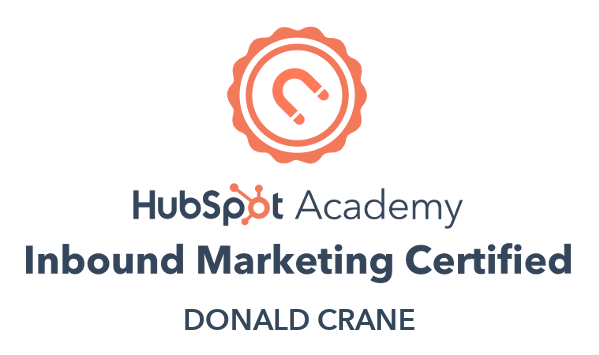Employee engagement on social media is engaging your most valuable stakeholder. Yet, the last time I checked, people do not read minds. We cannot expect employees to hit the post button on social media without guidelines. The entrance to our rural Pennsylvania township building has a sign which speaks loudly to social media managers in this area. The sign reads, “Housekeeping is the rule, not the exception. It is an everyday experience.” A social media policy is good housekeeping, and it must be the rule, not the exception. Adhering to a proactive and engaging set of guidelines creates an atmosphere of unified social media purpose for employees, managers, and employers as an everyday experience.
Julie Wilson published an article titled, “As Social Media Posts Surface and Cause Backlash, Businesses Rethinking Policies for Employees.” In her article, she discusses the tremendous scrutiny our current culture puts on businesses and those who work for the business. This scrutiny is not limited to companies; this past week, our public school superintendent posted a parent update on schools’ opening during a pandemic. The post received comments filled with opinions and vile hatred concerning students wearing masks in the hallways. One such comment was posted by a father whose mother is a long-time secretary for the schools. I was embarrassed for her and her son.
In Mrs. Wilson’s article, she interviews the director of Entrepreneurship at North Caroline Central University, Dr. Henry McKoy, who reveals that the right to free speech only applies to the federal government. Dr. McKoy states, “First amendment right really only focuses on the government. The government can’t censor you from saying certain things, but a private company has the right association.”[1] Dr. McKoy makes three housekeeping suggestions a company or business owner can institute, which foster’s a proactive experience.
1. State upfront what the social media policy is and explain why the standard is what it is.
2. Provide examples of what is and what is not acceptable.
3. Provide ongoing social media training for not only new hires but for current employees.
My Friends, the best way to avoid a fight is not to be there when it starts. Avoiding legal risk is work and is time-consuming, but with the dedicated investment, a business can be better prepared for the fight and hopefully prevent it altogether. Good housekeeping in social media is to have an up-to-date and working social media policy, with how-to examples on how to respond, which is available to every employee in the employee handbook. Good housekeeping is referencing emails, memos, and newsletters with regularity.
Our most valuable stakeholders are our employees. Most employees do not know how to respond because they have not been taught how to respond. Good housekeeping in social media is attainable and can be taught. Social media managers need to have the sign on the door as a reminder, “Housekeeping is the rule, not the exception. It is an everyday experience.” Then create the desired experience by proactively keeping house.
Keep up the great work. Communicate to be understood.
Remember, I love ya. Don
[1] Julie Wilson, As social media posts surface and cause backlash, businesses rethink policies for employees. ABC 11 Eyewitness News, Durham, NC. June 24, 2020. https://abc11.com/durham-nc-social-media-marketing-what%20--is/6263724/ Accessed 7/24/20.











